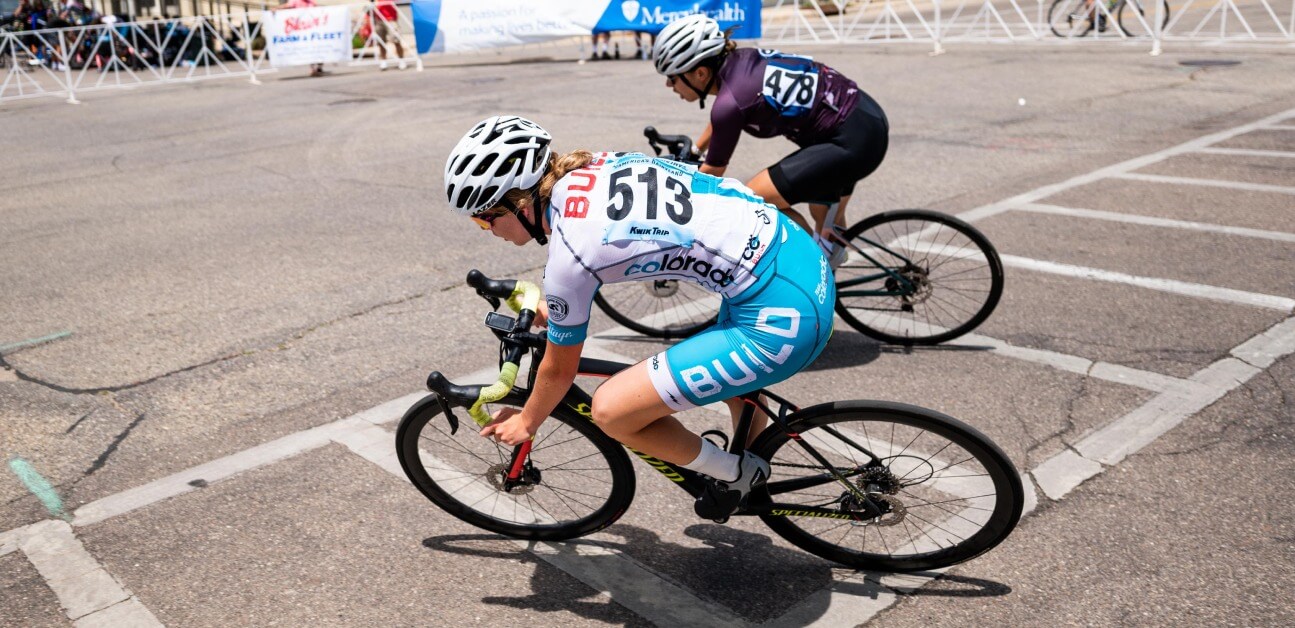Raising your functional threshold power and VO2 max capacity aren’t the only ways to get faster. Improvements in your cycling economy are also on the table and can come with major performance benefits. Here’s how you can actively target your cycling economy with additions to your training and adjustments to your form.
What is Cycling Economy?
Pedaling your bike takes energy. Specifically, it takes calories. During aerobic metabolism, calories (kcals) are burnt to deliver oxygen and produce energy in the form of ATP. The end result is power to the pedals. Not every athlete gets the same amount of mechanical energy from the calories they expend, though—some athletes have a better cycling economy than others.
Generally speaking, cycling economy is analogous to your miles per gallon on the bike. It’s determined by how efficiently mechanical energy is produced from “food energy.” In other words, cycling economy is the power produced for the energy expended or the amount of oxygen consumed to produce a given amount of watts. Athletes with greater economy generate more mechanical energy from the same amount of calories burned.
As humans, we aren’t perfectly efficient at producing mechanical energy. Roughly only 22% of the energy an athlete produces during physical activity is mechanical energy, while the rest of the “food energy” is lost to heat production. Fortunately, it appears that this number isn’t set in stone. An athlete’s mechanical production can land anywhere between 18% and 26%. Most notably, it can be improved, and improvements come with major benefits.
Why Improving Cycling Economy Matters
In a study conducted on 14 well-trained cyclists, the cyclists with better fuel economy used a smaller portion of their VO2 max capacity to reach their lactate threshold. When the same group rode at 88% of their VO2 max, the cyclists with a higher fuel economy lasted twice as long as their counterparts. The group that performed better in either test demonstrated better utilization of oxygen, greater aerobic capacity, and lower acidity in the muscles— even with very similar VO2 max capacity values to their counterparts. Sounds pretty great, right? So what did these cyclists do to reach this particular capacity? Though several variables play a role at a baseline level, it appears that this efficiency can also be trained over time, even when FTP and VO2 max aren’t changing.
Adaptive Training
Get the right workout, every time with training that adapts to you.
Check Out TrainerRoadThis is apparent at the highest level of competition in Andrew M Jones’s 2006 paper on previous world record holder Paula Radcliff. The study looked at the relationship between VO2 max and race times. Over eleven years of training, Paula’s VO2 max remained constant—even as her marathon times got faster. Over the same time frame, Paula’s running economy increased by close to fifteen percent. As her economy increased, so did her times. By the end of her career, she was a world record holder. And while it definitely takes a high VO2 max paired with a high economy to set world records, it’s apparent that within your own VO2 max capacity, there’s an opportunity to increase economy. Here’s how.
How to Improve Your Economy
Improvements in your energy economy are bound to be subtle. In the short term, you may not even notice them. Over time, they can compound for major performance improvements. There are three ways you can improve your cycling economy. You can continue to improve it by spending a lot of time on the bike or directly target it with strength training and improvements in form and technique.
1. Time on the Bike
There’s a direct correlation between how many miles you have on the bike and your cycling economy. Years of riding and maintaining volume amount to increases in cycling economy. Athletes can continue to take advantage of this progression by maintaining a high training volume relative to their abilities. If you’re following a TrainerRoad training plan, there are numerous ways you can safely add additional volume to your training plan. For more information, check out How to Safely Add Volume to a Training Plan.
For many athletes, it’s not realistic to mount on additional training volume, though. In fact, most athletes will find a low-volume training plan is a lot more productive for a number of reasons. When this is the case, there are two other ways athletes can target their cycling economy, the first being strength training.
2. Strength Training
The benefits of strength training make it one of the most effective ways to directly target cycling economy. Strength training can increase force capacity, improve motor patterns, promote stability, and iron out imbalances. An increase in your force capacity means that you can push on the pedals harder and recruit more muscle fibers for increased efficiency. Better stability and motor patterns can lead to better coordination, which can help prevent wasted movement. Anytime you eliminate wasted movement, you’re getting more power from your energy.
With strength training, it doesn’t take a lot to make a positive impact. If you’re interested in getting started with strength training, you can integrate a basic strength training routine into your cycling training schedule with the resources below.
3. Improve Your Technique With Drills
If it’s not realistic to mount on additional volume or incorporate consistent strength training, you can address inefficiencies head-on with a focus on riding technique. Everything you do on the bike costs oxygen. Athletes can lose a lot of energy to bad form, imbalances, and unnecessary movement. Even just clenching your jaw or holding tension in your shoulders has an oxygen cost.
Focusing on being a more relaxed rider is an easy way to improve your economy. Doing drills to prevent pedal mashing, bouncing, and body tension will make your pedal stroke more fluid, and therefore less oxygen-costly. You can prevent deteriorating mechanics and reinforce good habits with drills. Check out Eight Indoor Cycling Drills for Efficiency and Strength for more.
